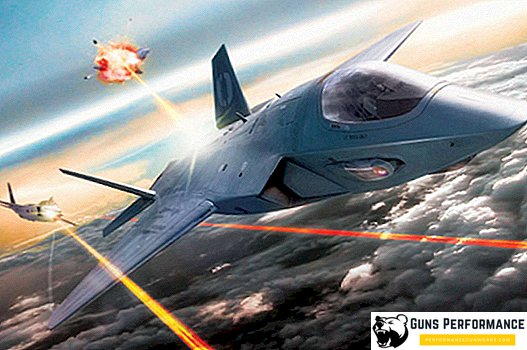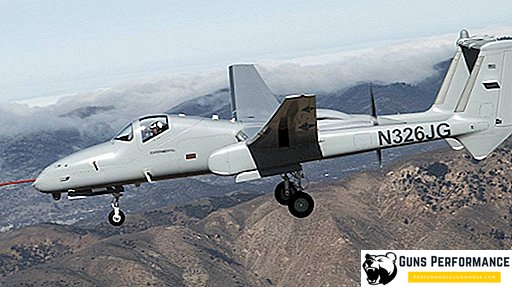The Andromeda Galaxy or Andromeda Nebula (M31) is a spiral galaxy. It accounts for the largest galaxy nearest to the Milky Way and is located in the constellation Andromeda, which is located at a distance from us, according to the latest calculations, at a distance of more than 770 kiloparsecs (more than 2.5 million light years).
Andromeda Galaxy: from the history of observations
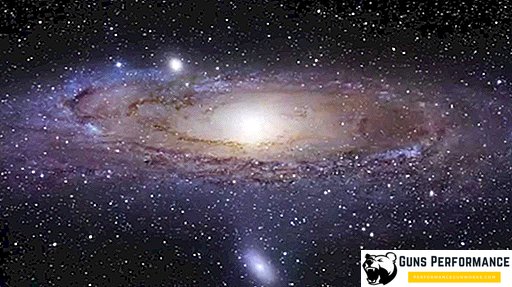
The first written records of the Andromeda Galaxy are contained in the Catalog of Fixed Stars, which was composed by the Persian astronomer Al-Sufi as early as 946 and described it as a “small cloud”. The object was described in more detail, on the basis of observations with a telescope, by the German astronomer Simon Marius in 1612. When the famous Charles Messier catalog was created, the object was registered as M31, while its discovery was erroneously attributed to Marius.
In 1785, William Herschel succeeded in spotting a faint red spot in the center of the M31. He suggested that this galaxy is the closest to Earth.
In 1864, when observing the spectrum of the M31, William Haggins was able to detect differences from the spectra characteristic of gas-dust nebulae. These data indicate that Andromeda M31 is a cluster of a huge number of stars. Due to this, Huggins made an assumption about the stellar nature of the object, which was subsequently confirmed.
In 1885, an outbreak of the supernova SN 1885A was noted in M31, astronomical literature describes it as S Andromeda.
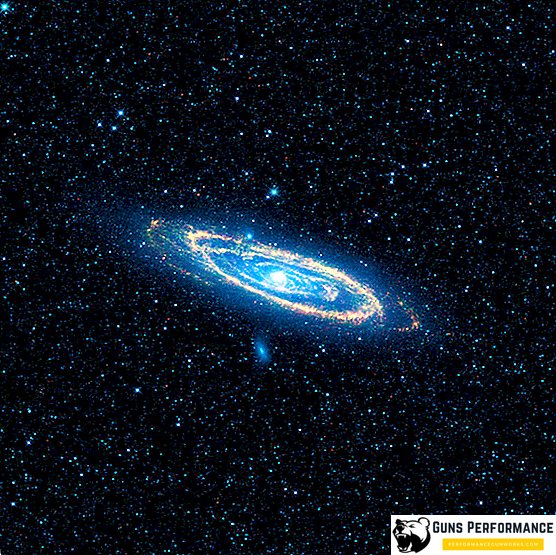
The first photograph of this galaxy happened at the Welsh astronomer Isaac Roberts in 1887. Using his own small observatory in Sussex, he received photographs of the M31 and was first convinced of its spiral structure. However, at that time, scientists believed that M31 was part of our Galaxy, and Roberts himself did not quite correctly believe that this was just another solar system in which planets were formed.
The radial velocity of M31 was determined by the American astronomer Vesto Slipher in 1912. Using spectral analysis, he was able to calculate that the galaxy is moving in the direction of the Sun at a speed unprecedented for any known astronomical object of the time: 300 km / s.
Andromeda Galaxy: general characteristics
The Andromeda Galaxy, like our Milky Way, ranks among the Local Group. It moves in the direction of the Sun at a speed of 300 km / s. Astronomers have found that these two galactic systems will collide approximately in three to four billion years.
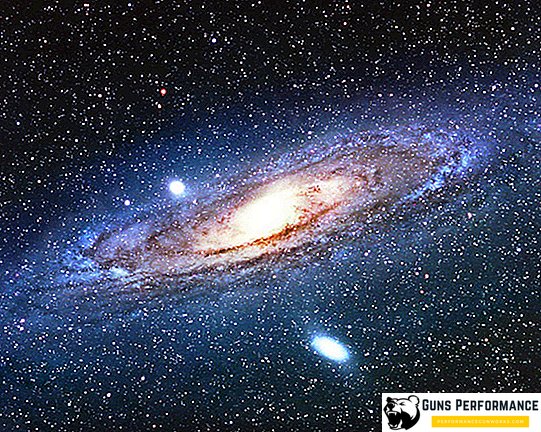
And if this happens, then both of them, most likely, will have to merge into a single whole, into a large galactic system. It is possible that in this case, our solar system will force the force of gravitational perturbations into intergalactic space. Destruction of our luminary, as well as all the planets of the system, most likely, with this cataclysm will not happen.
Andromeda: structure description
The Andromeda Galaxy has a mass 1.5 times larger than our Milky Way galaxy. In addition, it is also the largest in the local group. Based on this information, obtained using the Spitzer space-based telescope, astronomers managed to find out that there are approximately a trillion stars in this galaxy. It also has several dwarf satellites: M32, M110, NGC 185, NGC 147 and others. M31 has a considerable length, which can be 260,000 light years, which is 2.6 times more than the Milky Way.
In accordance with some of the research results, new information about our galaxy has appeared. As it turned out, the Milky Way contains more Dark Matter, as a result, it is our galaxy that can be the largest in the Local Group.
The core of the Andromeda Galaxy
The core of the M31 galaxy, like the cores of many other galaxies (the Milky Way is no exception), is “populated” by candidate stars that can become supermassive black holes. In accordance with the calculations, the mass of such an object can exceed a mass equal to one hundred and forty million masses of our Sun. In 2005, the space-based telescope Hubble discovered a mysterious disk, which included young blue stars surrounding supermassive black holes.
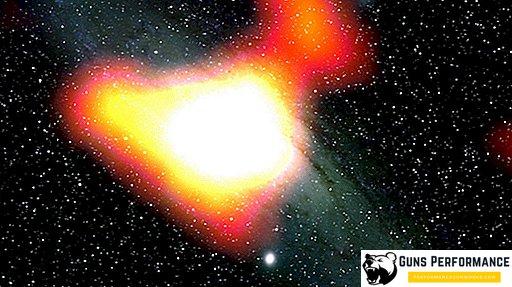
They revolve around a relativistic object in the same way as planetary bodies around their suns. Astronomers were a little puzzled by the way in which such a torus-shaped disk managed to form so close to such a huge object. In accordance with the calculations, the titanic tidal forces of supermassive black holes should limit the gas-dust clouds in the condensation and the formation of new stars. Further observations are likely to provide clues to this puzzle.
After the discovery of such a disk, another significant argument emerged into the general theory about the existence of black holes. For the first time, astronomers discovered the blue glow in the galactic nucleus as far back as 1995 using the Hubble Space Telescope. Three years later, the glow was identified along with a cluster in which there were blue stars. And only in 2005, using a spectrograph mounted on a telescope, observers managed to determine that there are more than four hundred stars in the cluster, which were formed approximately two hundred million years ago.
Stars that have formed in the disk have a diameter of no more than one light year. In the very middle of the disk, older and colder red stars are observed, which were discovered earlier with the help of Hubble. It was possible to calculate the radial velocity of stars in the disk. Due to the gravitational impact, it turned out to be unusually high and amounted to 1000 km / s - and this is up to 3.6 million km / h. With such a speed, a spacecraft can fly all over our planet in just forty seconds, or within six minutes overcome the distance between the Earth and the Moon.
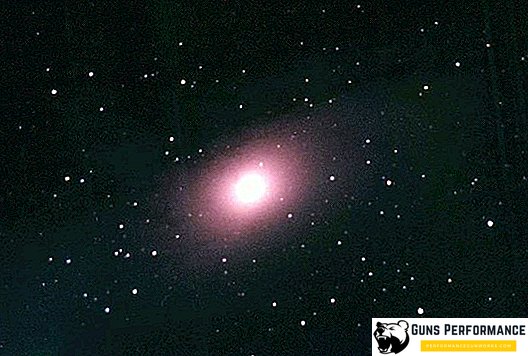
In addition to supermassive black holes and a disk with blue stars, other objects are also located in the M31 core. Thus, in 1993, a double star cluster was discovered in the middle of the Andromeda galaxy. It became a bolt from the blue for an astronomical community, because the merging of two clusters into one could happen in a rather short time, in about one hundred thousand years.
Based on the calculations, the merger should have happened millions of years ago, however, due to some strange reasons this did not happen. Scott Tremaine, a representative of Princeton University, offered an explanation. According to his hypothesis, in the middle of M31 there may not be a double cluster, but something like a ring with old red stars in it. This ring can have the form of two clusters, because when we observe, we can see stars exclusively from the opposite side of the ring. Consequently, this ring should remain at a distance of five light years from the supermassive black hole, and also surround the disc with young blue stars.
The disk ring is turned to our galaxy on the one hand, from which it can be concluded that there is a certain interdependence between them. While studying the center of the Andromeda galaxy with the help of the XMM-Newton telescope, a group of European research astronomers discovered 63 discrete sources with X-rays. Most of them, and these are 46 objects, identified as low-mass binary X-ray stars. Whereas other objects are represented as either neutron stars or candidates for black holes from binary systems.
Other objects of the universe in the galaxy M31
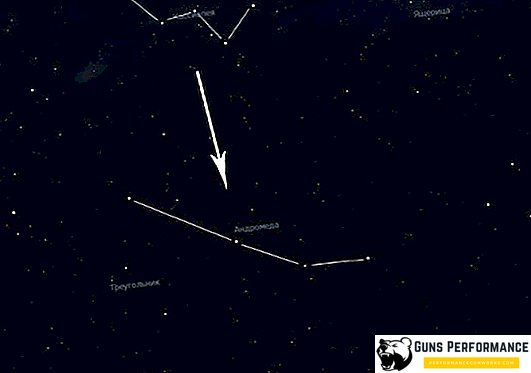
The Andromeda Galaxy includes approximately 460 registered globular clusters.
Of them:
- The biggest one is Mayall II or G1, it has more luminosity than one or another cluster from the Local Group, it even looks brighter than Omega Centauri. It is located at a distance of approximately one hundred thirty thousand light years from the middle of M31 and contains at least three hundred thousand ancient stars. Its structure, together with the stars belonging to the most diverse populations, indicates that, apparently, this core belongs to the ancient dwarf galaxy, which was once picked up by the Andromeda Nebula;
- According to research, in the middle of this cluster is a black hole candidate who has a mass of twenty thousand of our Suns.
Similar objects are also observed in other clusters. So, in 2005, astronomers discovered in the halo of the Andromeda galaxy a completely new kind of star cluster. The three clusters that were just opened contained several hundred thousand bright stars - almost as many as there are in globular clusters. However, their difference from globular clusters is that they are much larger in size - several hundred light years in diameter, and also in that they have a smaller mass. The distances between the stars in them are also much larger. Apparently, they are shown as a transitional class of systems from globular clusters to dwarf spheroids.
In addition, the star PA-99-N2 was found in the galaxy. The exoplanet rotates around it — the first that could be discovered outside the Milky Way.
How to Watch the Andromeda Nebula
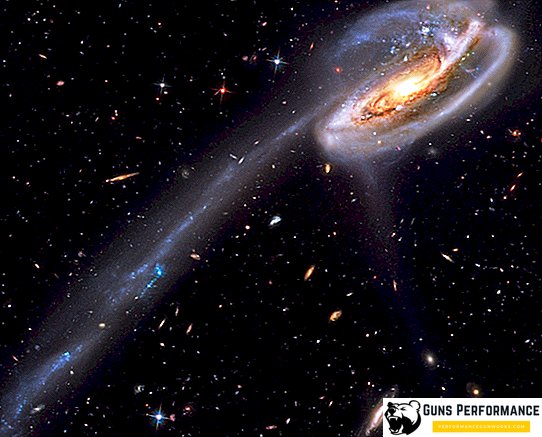
The best period to observe the Andromeda Galaxy is autumn-winter. M31 is the most distant object visible from our planet with the naked eye. In addition, due to the limited speed of light, it can be seen as it was more than two and a half million years ago.
With binoculars, the galaxy can be seen even in the heavily lit sky in large cities. But the observations of M31 with the help of amateur telescopes with an average aperture (150-200 mm) can be very disappointing. Even under the best conditions in the sky, especially on a moonless night, a galaxy can appear as a simply glowing ellipsoid with blurred edges and a bright core.
It is easy for the attentive observer to notice a hint at several encircling dust lanes in the region of the northwest (closest to the observer) edge of the Andromeda Nebula. You can also notice a small locality of increasing the brightness in the south-west (a huge area of star formation). No other details, except for two satellites, which are small elliptical galaxies M32 and M110, will not make out anything similar to colorful photographs and illustrations in popular literature.

The eyes of ordinary people, with all their phenomenal photosensitivity, are unable, unlike modern photodetectors, to accumulate light due to long (sometimes hours-long) exposure.


